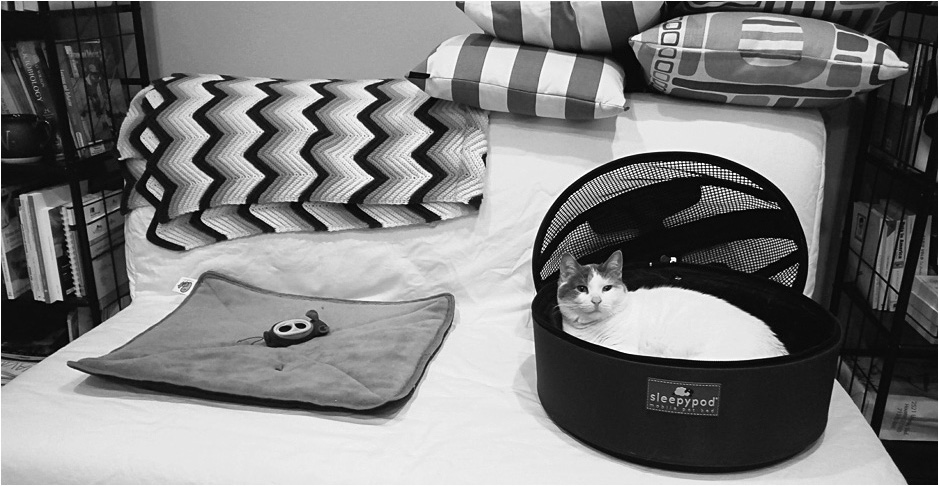
Keep your cat's carrier open, available, and cozy all the time so that he can relax and sleep in it, creating a positive association.
Carlo Siracusa
Most cats hate the carrier, and it’s easy to understand why. Cats go into the carrier only when something bad is going to happen, like a long car ride or a trip to the veterinarian. It takes just one negative experience for your kitty to believe that the carrier is bad news. But you can change that perception.
The first thing is choosing the best carrier for your cat. In general, try to choose a sturdy carrier that comes apart in several places (such as a plastic carrier with a removable top section) so that your cat can be lifted out easily or examined by the veterinarian inside the carrier if necessary. Then follow these dos and don’ts to help your cat love the carrier.
Get the carrier out of the garage, clean it up, and put it in the area where your cat usually hangs out.
Take the carrier apart by taking the top off and removing the door for a couple of weeks to help your cat feel comfortable and perhaps rest in the bottom portion.
Put your cat’s bed in the carrier.
Make the carrier positive and encourage discovery by placing special toys and treats inside or feeding your cat there.
Consider placing the carrier in a safe elevated spot where your cat likes to spend time, such as a couch, a chair, or a wide windowsill.
Teach your cat to get into the carrier with clicker training or luring.
Use a synthetic pheromone spray inside the carrier thirty minutes before calling your cat to the carrier.
Put something soft in the carrier before taking your cat out in it.
When your cat is comfortable in the carrier, take him on short rides while encouraging a positive emotional state with delicious foods.
Keep the carrier level in the car by using towels or bumpers.
Clean the inside of the carrier with an unscented cleaner after each use.
Pull the carrier out and try to force your cat inside immediately before a veterinary visit.
Bring the carrier out only when you have to take your cat somewhere.
Dump your cat out onto the examination table at the veterinarian’s office.
If your cat already has a negative conditioned emotional response to the carrier, desensitization and classical counterconditioning may be necessary to change his emotional state. Desensitization and classical counterconditioning is a process by which the cat is slowly exposed to the stimulus (the carrier) while using a positive stimulus (food) to change his emotional state. (See chapter 6 for more information.)

Keep your cat's carrier open, available, and cozy all the time so that he can relax and sleep in it, creating a positive association.
Carlo Siracusa